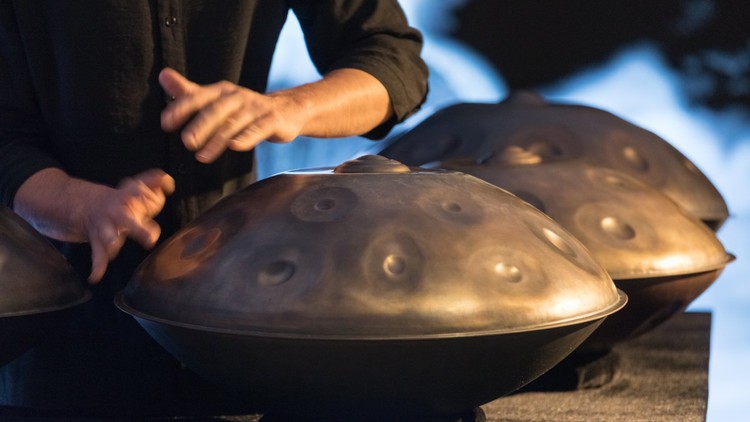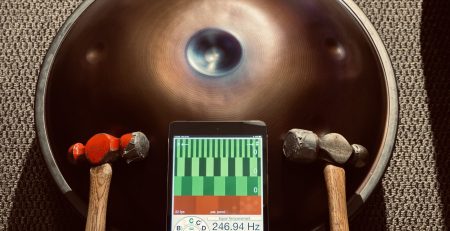The handpan has become a popular musical instrument in recent years due its unique sound and design. In order to understand just why this instrument is so special, it’s important to understand the anatomy of the instrument. By looking at the components and design of the handpan, it becomes easier to see what makes this instrument so fascinating.
The body of the handpan is made up of two bowl-shaped shells, connected and tuned together. Each shell is made of steel, and it is the thickness and shape of the shells that determines the sound of the handpan. The shells are then connected with a series of 26 special screws, and the top of the handpan is left open to create the chamber for the sound.
Next, there are the notes of the handpan. The notes are hammered into the shells from the inside, and are usually arranged in a circle around the outside of the shells. The most common handpan has 8 of these notes, but some handpans may have up to 16 notes, depending on the size and design. The notes are tuned using a special tuning hammer that is applied to the shells.
The next component of the handpan is the rim. This is the steel ring that connects the two shells and helps to keep the notes in place. It also helps to create the sound of the handpan, as the ring vibrates when the notes are struck.
Finally, the handpan has a unique design, with is unique pattern of notes and shape. Each handpan is unique, as they are all handmade and tuned by skilled craftsmen. This means that each handpan will produce a slightly different sound, and no two handpans are exactly the same.
The anatomy of the handpan is what makes it such a special instrument. With its two steel shells connected by a rim and its unique arrangement of notes, the handpan produces a sound unlike any other. It is a modern instrument that is beautiful and captivating, with its unique sound and design.


